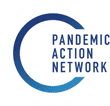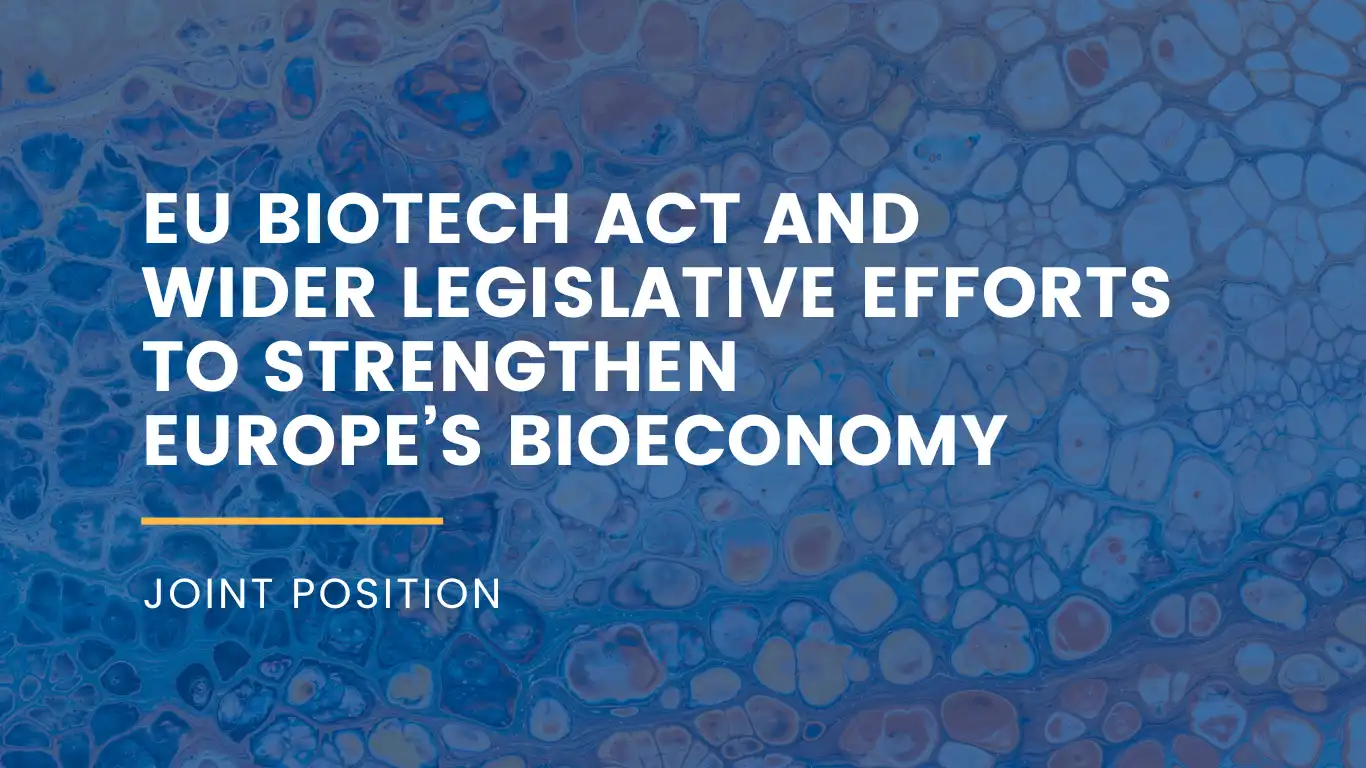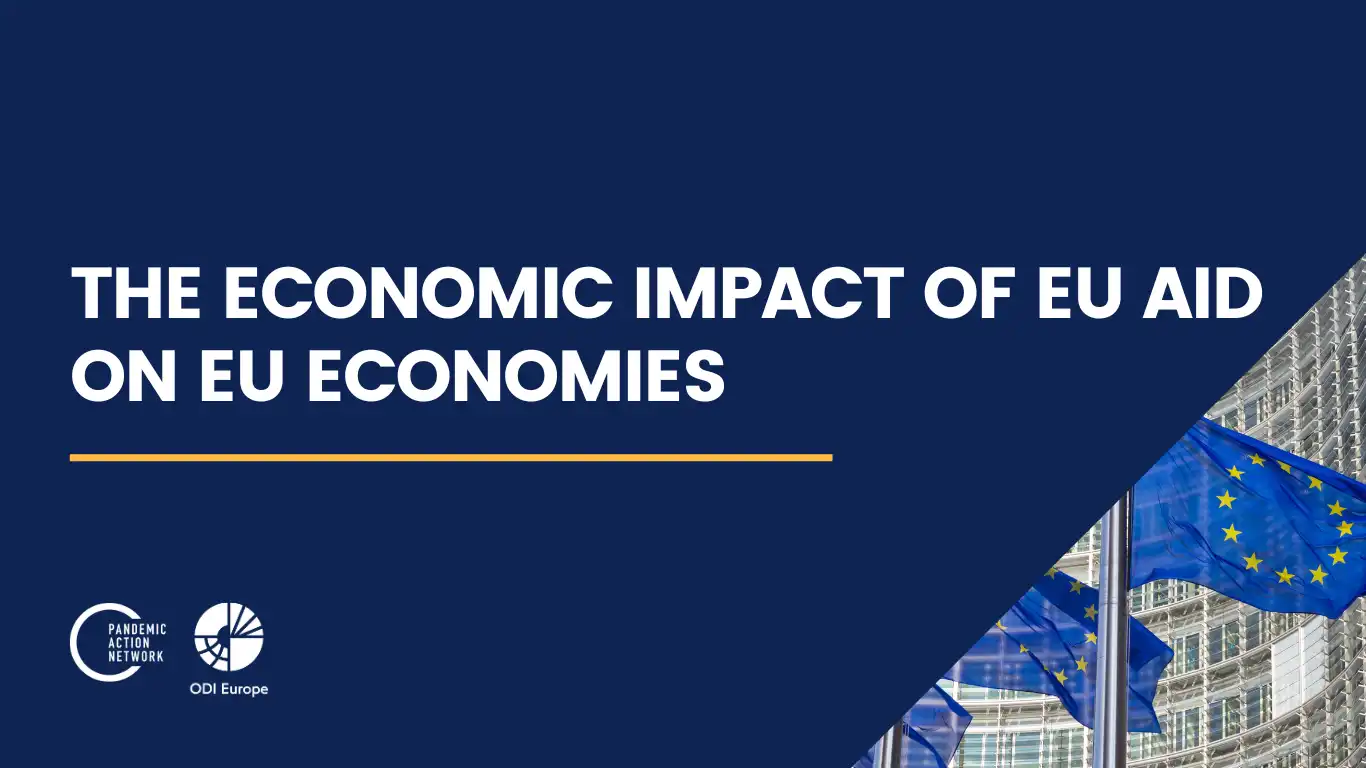Note: Policy recommendations to decision makers available here.
Since the world began to entertain viable vaccines as a real prospect in the fight against COVID-19, we have been confronting the challenge of vaccine hesitancy and navigating what is required to address this challenge. The dynamic nature of this pandemic has shown that vaccination intent and trust correlates to vaccine access, management of vaccine rollout, and social proof.
The challenge of vaccine hesitancy to end the pandemic
Vaccine hesitancy remains a looming threat to the successful rollout of vaccines and the prospect of ending the COVID-19 pandemic globally. The “anti-vax industry” is well-financed and organized, and determined to spread doubt as to the safety and efficacy of COVID-19 vaccines. A study by Imperial College found that hesitancy around COVID-19 vaccines could lead to thousands of extra deaths. The study, from March 2021, compares current levels of hesitancy compared to the ideal level of uptake. The potential risk is particularly acute in countries like France, where vaccination intent is among the lowest. France could see 8.7 times more deaths in 2021/22 than it would under the ideal level of uptake. This compares to just 1.3 times more in the U.K., which has among the highest vaccination intent.
In many countries, one of the main reasons for vaccine hesitancy is that corners have been cut due to the speed of the clinical trials, and that unknowable long-term side effects potentially exist.
In addition, conflicting public health messages have led to increased mistrust from the public. For example, inconsistent guidance on face-coverings earlier in the pandemic has primed people to distrust proclamations about vaccine safety and efficacy. This has led to many people wanting to “wait and see” real-world proof of safety and efficacy before getting a shot. As a result, a critical element of increasing COVID-19 vaccine uptake is building vaccine confidence among this “wait and see” group, the moveable middle.
“Wait and see” approach to COVID-19 vaccines
Because of concerns on the speed of development and potential unknown side effects, a share of the population wants to “wait and see” how the COVID-19 vaccines work for other people before they get vaccinated themselves.
The share of people in this “wait and see” category has declined since vaccines have started rolling out globally.
Smooth rollout and social proof as tools to increase vaccine trust among the “wait and see”
The emerging evidence, including from the U.K. vaccine rollout, shows that social proofing through communication about widespread acceptance and a fast and uninterrupted vaccine rollout seems to increase trust in COVID-19 vaccines. The more people get vaccinated and the more people hear about others getting vaccinated, the more normal it becomes. A study by Rockefeller Foundation from March 2021 found that social proof of others getting immunized and seeing the tangible benefits that come with it might be the most determining factor in motivating people to get vaccinated.1 In their study they found that among U.S. adults who weren’t sure they’ll get the vaccine, 43% said they were waiting for more people to get vaccinated before they do so themselves. Other research found that people are more willing to get the COVID-19 vaccine when hearing about its popularity, suggesting that public health officials should communicate about the growing and widespread intention to get vaccinated among the population rather than overstating vaccine hesitancy. Finally, in a study conducted amongst 18-30 year olds in the U.K., study participants reported slightly stronger intentions to take the vaccine when they learn that 85% of others plan to take the vaccine, versus 45% of others.
The U.K. is a good example of how social proofing and a smooth rollout may help address vaccine hesitancy, particularly among the “wait and see” group. The U.K.’s rollout strategy has been to vaccinate as many people as possible from the start. Within the U.K., the Welsh rollout program has been the speediest in the world, faster than Israel. A key element of that was the decision to delay the administration of second doses in order to get a first dose in as many arms as possible, as quickly as possible. Experts believe that the speed of the U.K. rollout and the decision to delay second doses had an important impact on attitudes towards COVID-19 vaccines. Another important component of the U.K. strategy has been to proactively emphasize the widespread uptake of COVID-19 vaccines, for example social media posts such as “Join the millions already vaccinated.” With more and more people knowing or hearing about someone who had had their first vaccination, it helped build momentum as well as create social proof to build trust and convince those in the “wait and see” category to eventually get vaccinated.
In January, 90% of people in the U.K. said that they would either probably or definitely take a COVID-19 vaccine, up 7% since December, when the rollout started. Just two months later (March 2021), the proportion of adults who said they would not be likely to get vaccinated had more than halved since December — from 14% to just 6%. Between January and March, 53% of adults shifted to a more positive attitude — either already receiving a jab or reporting that they are now more likely to do so. According to Imperial College’s Year Review of ‘COVID-19 Global Behaviours and Attitudes’, of the 29 countries surveyed for study, the U.K. had the highest intention of vaccination among those not yet vaccinated in April 2021 (67% of those not yet vaccinated), and had the lowest share of respondents who stated they were worried about side-effects (27%).
The U.K. also had a different response to the AstraZeneca and Johnson & Johnson (J&J) blood clotting issues compared to the U.S. and many European countries. The U.K. did not pause the use of the AstraZeneca shot, instead it simply updated its guidelines advising people with a predisposition to blood clots and those under 30 (in April) and subsequently under 40 (in May), to get an alternative shot. Research and pollings indicate that the U.K.’s ‘restrained reaction’ helped keep hesitancy low. A study found there was no change in the intentions and attitudes of the U.K. public in the aftermath of the blood clot story. A YouGov poll in April suggested this led to only a minor decrease in trust. The number who considered the drug to be unsafe ticked up only slightly, from 9% in March to 13% in April, with still 75% of Britons considering the vaccine to be very or somewhat safe.
The impact of pauses on vaccine trust globally
After extremely rare cases of blood clots, unlike the U.K., a number of governments in the U.S. and Europe temporarily paused the roll-out of the AstraZeneca or J&J vaccines. These pauses have had a significant impact on public trust, not only in the countries where the rollout was paused, but globally.
Despite the European Medicines Agency (EMA) safety committee’s recommendation from 11 March “that the vaccine’s benefits continue to outweigh its risks and the vaccine can continue to be administered while investigation of cases of thromboembolic events is ongoing”, at least 13 European countries paused the use of the AstraZeneca shot. Skepticism in France and Germany increased rapidly after the use of the AstraZeneca vaccine was paused over blood clot concerns in March. In a YouGov poll conducted in March, 32% of Germans said the AstraZeneca vaccine was safe, down from 42% a month before. Confusion also plagued the rollout of the AstraZeneca vaccine in European countries, further tarnishing the shot’s reputation. For example, in February when it finally started using the AstraZeneca vaccine, German health officials decided to restrict its use to people under 65. It took until March 4 for Germany to update its guidelines and recommend AstraZeneca’s use for people over 65. Just 11 days later, on March 15, Germany paused its use entirely for several days over blood clot concerns. Finally, on March 30, Germany officials tweaked their recommendations yet again, limiting its use to people over 60. In the case of France, it all started with a comment by French President Emmanuel Macron in January incorrectly describing the shot as “quasi-ineffective” for people over the age of 65. Like Germany, French officials then also did a U-turn on their age restriction guidelines in addition to pausing the vaccine use for a few days in mid-March.
In the US, public trust in the safety of the J&J shot was down to 37% after the government paused the rollout in April, compared to 52% before the announcement. A Washington Post-ABC News poll from mid-April found significant mistrust in the J&J vaccine after health officials paused its use with fewer than 1 in 4 Americans not yet immunized willing to get the shot. The Kaiser Family Foundation COVID-19 Vaccine Monitor found that in early May less than half of Americans believed the J&J vaccine was safe, and concerns about potential side effects had increased among those not yet vaccinated, especially women. About one in five unvaccinated adults say the news caused them to change their mind about getting a COVID-19 vaccine. The Monitor also found indications that concerns about side effects from the vaccines in general had increased following the pause, particularly among women. The reputation of the AstraZeneca vaccine that has not been approved for use in the U.S. yet has also been damaged by blood clotting concerns and temporary suspension in Europe. Only 38% of Americans surveyed in April 2021 considered the AstraZeneca vaccine safe. In contrast, trust in the Pfizer-BioNTech (Pfizer) and Moderna vaccines appeared unaffected. The Ad Council found that conservatives, in particular, increased in skepticism after the J&J pause.2
Even beyond Europe and the U.S., these short pauses and confusion around age restrictions have damaged the reputation of the AstraZeneca and J&J shots around the world, including in low-income settings where they are particularly crucial. Both the J&J and AstraZeneca vaccines that use adenovirus-vector technology have raised hopes of better global access and, in the case of the J&J shot, faster rollout. These vaccines are less expensive, more stable, and easier to distribute than their mRNA-based counterparts from Moderna and Pfizer. Because they are less expensive and easier to store than Moderna’s or Pfizer’s, and the J&J vaccine requires only one dose, these shots have been considered particularly crucial for less developed and hard-to-reach parts of the world. Yet, experts raised concerns that short suspensions in Europe and the U.S. may further hit an already fragile vaccine confidence in low-income countries and threaten to undermine vaccination campaigns in these settings. Cameroon, the Democratic Republic of Congo, Indonesia, and Thailand all suspended the AstraZeneca vaccine rollout following pauses in European countries. Concerns about rare blood clots on top of the rubbishing of COVID-19 vaccines by some African leaders and confusion over expiry dates have slowed vaccine uptake across the African continent. Health workers in countries such as Nigeria, Ivory Coast, and Malawi noticed growing fears and conspiracy theories, as well as slower demand for vaccines. Africans have expressed their reluctance to use the AstraZeneca shot when Europeans have stopped using it. At the G7 Vaccine Confidence Summit hosted by the U.K. in June 2021, Dr John Nkengasong, Director of Africa CDC, highlighted that confidence in Africa was significantly hit by the suspension of the AstraZeneca vaccine in a number of European countries with some African ministries being reluctant to continue the rollout of the vaccine.
Lessons learned and recommendations
The world has only started its vaccination effort against COVID-19 with millions of people around the globe, particularly in developing countries, still needing to get inoculated against the disease. Yet, lessons can start to be drawn from vaccination programs that started in early 2021.
- All indications point to the fact that consistent messaging about the safety and efficacy of vaccines and about widespread acceptance, as well as smooth and effective rollouts that build social proof of the safety, efficacy, and benefits of COVID-19 vaccines have been key ingredients to build trust and increase vaccination intent and intake.
- On the contrary, conflicting public messages and guidance as well as temporary suspensions of the use of certain jabs have created a breeding ground for doubt, fears, and conspiracy theories, not only in the country where they occurred but globally. As Heidi Larson, the founding director of the Vaccine Confidence Project at the London School of Hygiene & Tropical Medicine, said: “Don’t let the ambiguity drag on. Because every day just opens the space for misinformation, disinformation, anxiety, and confusion.”
As they progress in their vaccination campaign and in advance of vaccination delivery, decision-makers should take stock of these lessons learned and quickly adjust their strategy accordingly.
Decision-makers should:
- Increase vaccine trust through a social proofing strategy. Decision-makers should put social proofing at the heart of their vaccination rollout strategy, learning from best practices in countries that have successfully deployed this approach. Such best practices may include proactively emphasizing the growing and widespread intention/acceptance to get vaccinated of others rather than overemphasizing hesitancy levels. Another way may be, where the supply and timing of the second second for two-dose vaccines is guaranteed, delaying the administration of second doses in order to get a first dose in as many arms as possible, as quickly as possible. Experts believe this can have an important impact on attitudes towards COVID-19 vaccines as more people know someone who has been vaccinated.
- Refrain from temporarily suspending the use of shots over unconfirmed safety concerns (unless recommended by the regulator), and instead take swift decisions to prioritize certain demographics while concerns are being investigated. Total suspension, even when temporary, increases mistrust not only in the countries where the rollout was paused, but globally. For example, the temporary suspension of the use of the AstraZeneca vaccines in a number of European countries despite the EMA’s recommendation to continue to administer the vaccine led to many African countries suspending the use of the shot and increased hesitancy globally, including on the African continent where the AstraZeneca jab is particularly crucial because it is less expensive, more stable, and easier to distribute than the mRNA-based counterparts from Moderna and Pfizer.
- Always act on scientific advice and follow the regulator recommendation before making any statement on the safety or efficacy of COVID-19 vaccines as well as before introducing any demographic restrictions. Unfounded statements and age restrictions in some European countries early in their roll-out, i.e., limiting the use of the AstraZeneca vaccine only to young people, created confusion and a fertile ground for fear and conspiracy theories. Scientific evidence should be very carefully and regularly assessed by decision-makers and their teams before making any decision or statement on the use of COVID-19 vaccines.
_____
1 The research included focus groups among people expressing concerns about getting the vaccine in March 2021 and a message testing study in February 2021
2 Source: Ad Council | IPSOS National survey conducted April 12-19, 2021



